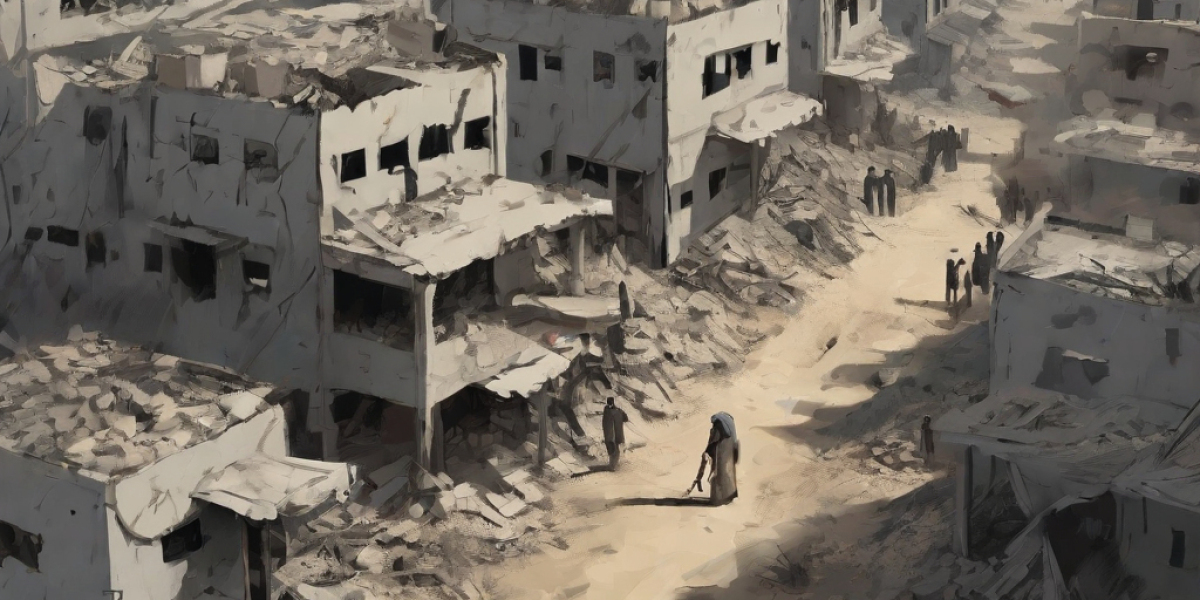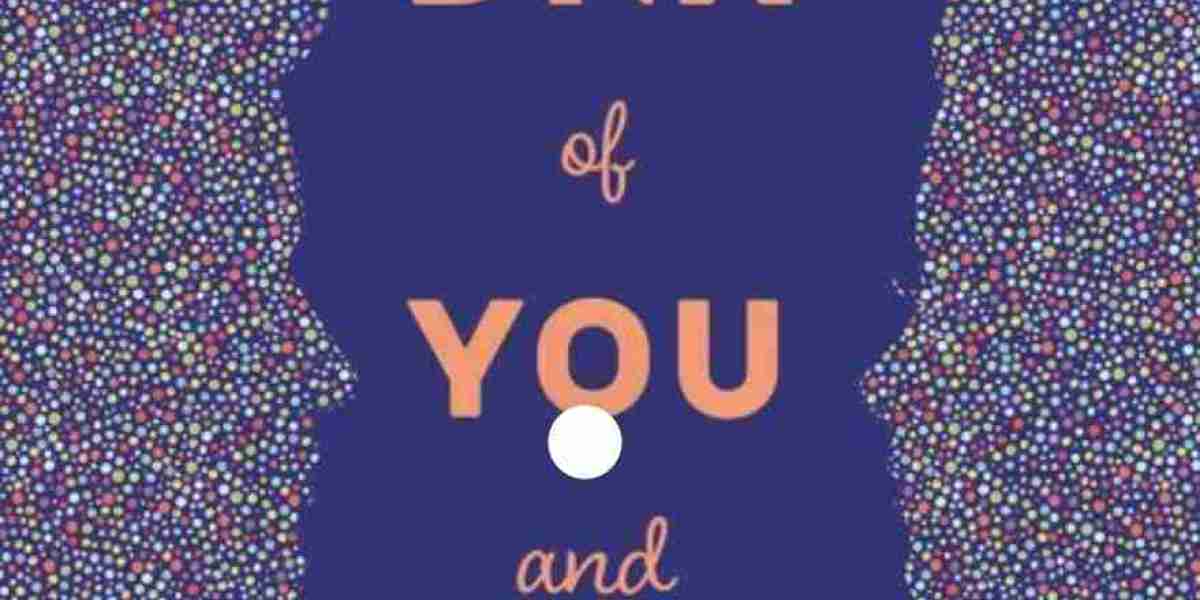This American is one of the few allowed into Gaza. This is the horror she saw |
Dr. Seema Jilani spent two weeks at al-Aqsa hospital, where she saw horrors that include "the most nightmarish thing I've ever seen."
Read more on NPR January 11, 2024 at 06:34PM
via NPR https://www.npr.org/gaza-
Some more examples of different types of horrors that Dr. Seema Jilani might have seen during her time at al-Aqsa hospital in Gaza:
1. Injuries from weaponry: Dr. Jilani might have seen patients with severe injuries caused by weapons such as guns, bombs, and missiles. These injuries can include severe burns, amputations, and shrapnel wounds.
2. Trauma from violence: In addition to physical injuries, Dr. Jilani might have seen patients who have experienced trauma from witnessing or being subjected to violence. This can include symptoms such as anxiety, depression, and post-traumatic stress disorder (PTSD).
3. Lack of medical resources: Dr. Jilani might have seen patients who are not receiving adequate medical care due to a lack of resources such as medication, equipment, and trained staff. This can lead to preventable illnesses and deaths, and can exacerbate existing conditions.
4. Malnutrition: Dr. Jilani might have seen patients who are suffering from malnutrition due to a lack of access to food or clean water. This can lead to a range of health problems, including stunted growth, weakened immune systems, and increased susceptibility to disease.
5. Disease outbreaks: Dr. Jilani might have seen patients who are suffering from diseases that are preventable or treatable, but are not being addressed due to a lack of resources or access to healthcare. This can include diseases such as cholera, typhoid, and tuberculosis.
6. Psychological trauma: Dr. Jilani might have seen patients who are struggling with psychological trauma caused by the ongoing conflict and violence in Gaza. This can include symptoms such as anxiety, depression, and PTSD.
7. Lack of access to medical care: Dr. Jilani might have seen patients who are unable to access medical care due to a lack of resources, transportation, or permission from Israeli authorities. This can lead to preventable illnesses and deaths, and can exacerbate existing conditions.
8. Healthcare worker shortages: Dr. Jilani might have seen patients who are not receiving adequate care due to a shortage of healthcare workers, including doctors, nurses, and other medical professionals. This can lead to a range of health problems, including delayed diagnoses and treatments, and increased risk of complications.
9. Medical supply shortages: Dr. Jilani might have seen patients who are not receiving adequate care due to a shortage of medical supplies, including medication, equipment, and disposable items. This can lead to a range of health problems, including delayed diagnoses and treatments, and increased risk of complications.
10. Inadequate infrastructure: Dr. Jilani might have seen patients who are not receiving adequate care due to inadequate infrastructure, including poorly maintained hospitals, clinics, and other healthcare facilities. This can lead to a range of health problems, including delayed diagnoses and treatments, and increased risk of complications.
These are just a few examples of the types of horrors that Dr. Seema Jilani might have seen during her time at al-Aqsa hospital in Gaza. The ongoing conflict and blockade in Gaza have created a humanitarian crisis, with many people struggling to access basic necessities like food, water, and healthcare.







